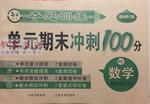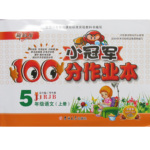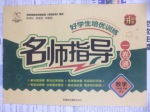题目内容
阅读下面材料,在空白处填入适当的内容(1个单词)或括号内单词的正确形式。
My husband and I were paying a visit 1. my parents in Tucson. We went to a fast-food restaurant for dinner together. My husband went to the counter 2.__ (order) dishes and I stood with my parents.
My dad is 90 years old. He can hardly see very well and walks with a stick. I was scanning the restaurant, 3. (wait) to sit at the first table that was 4.__ (convenient) than others. A woman who was sitting with her son made eye contact with me and asked me to come to her. With a 5. (puzzle) look on my face, I pointed to myself and said , “Me?” She 6. (nod) and said, “Yes, you.” I walked to the table and she said, “Bring your family here. I can finish eating at the counter. My son is in 7. hurry to leave anyway.” My eyes 8. (fill) with tears as she wiped down the table and guided my dad to the seat.
I always believe that there are 9. (nature) kind people in this world. This woman has set a good example to her son, 10. is a really lucky guy.
 夺冠训练单元期末冲刺100分系列答案
夺冠训练单元期末冲刺100分系列答案 新思维小冠军100分作业本系列答案
新思维小冠军100分作业本系列答案 名师指导一卷通系列答案
名师指导一卷通系列答案
